Adriano Marzi’s long-term documentation of flower production in Ethiopia sheds light on a mostly female workforce subjected to low wages
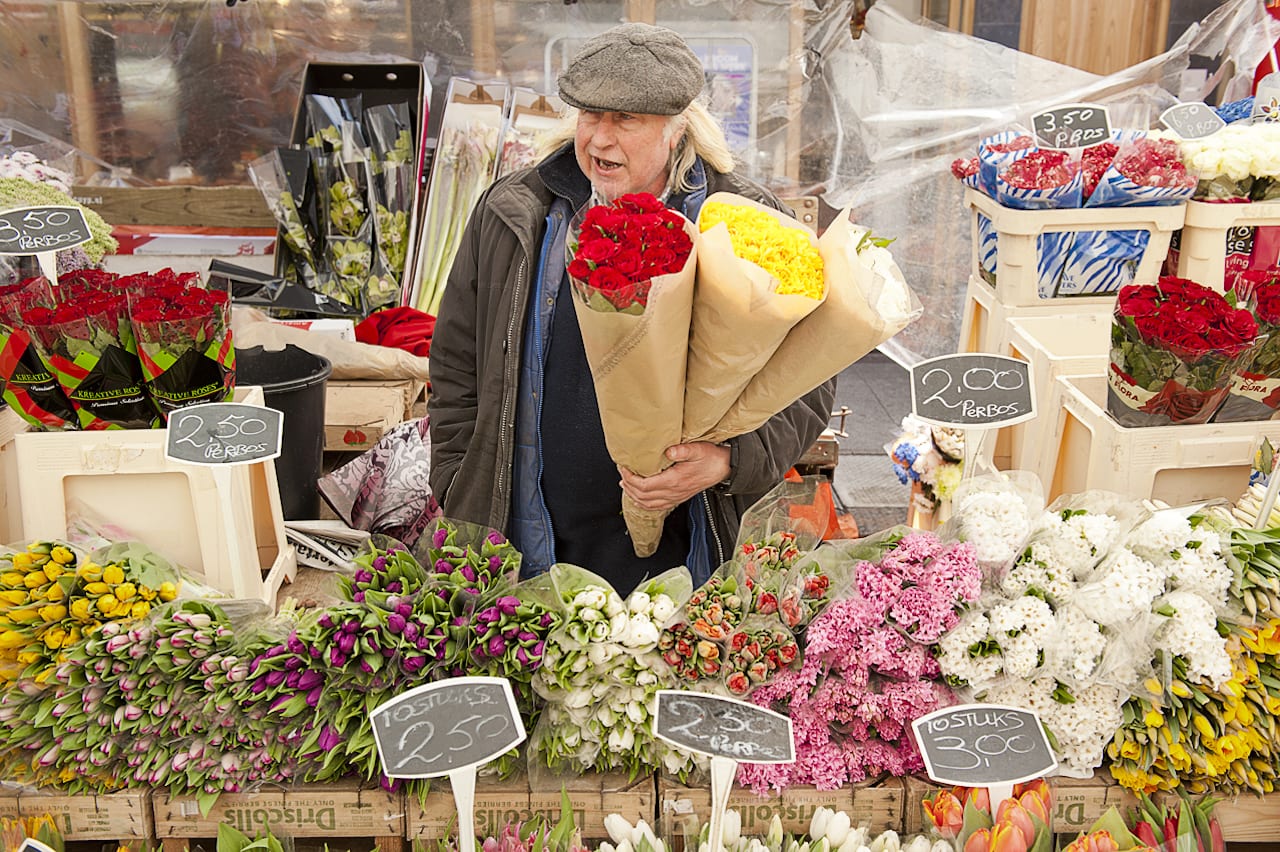

Adriano Marzi’s long-term documentation of flower production in Ethiopia sheds light on a mostly female workforce subjected to low wages
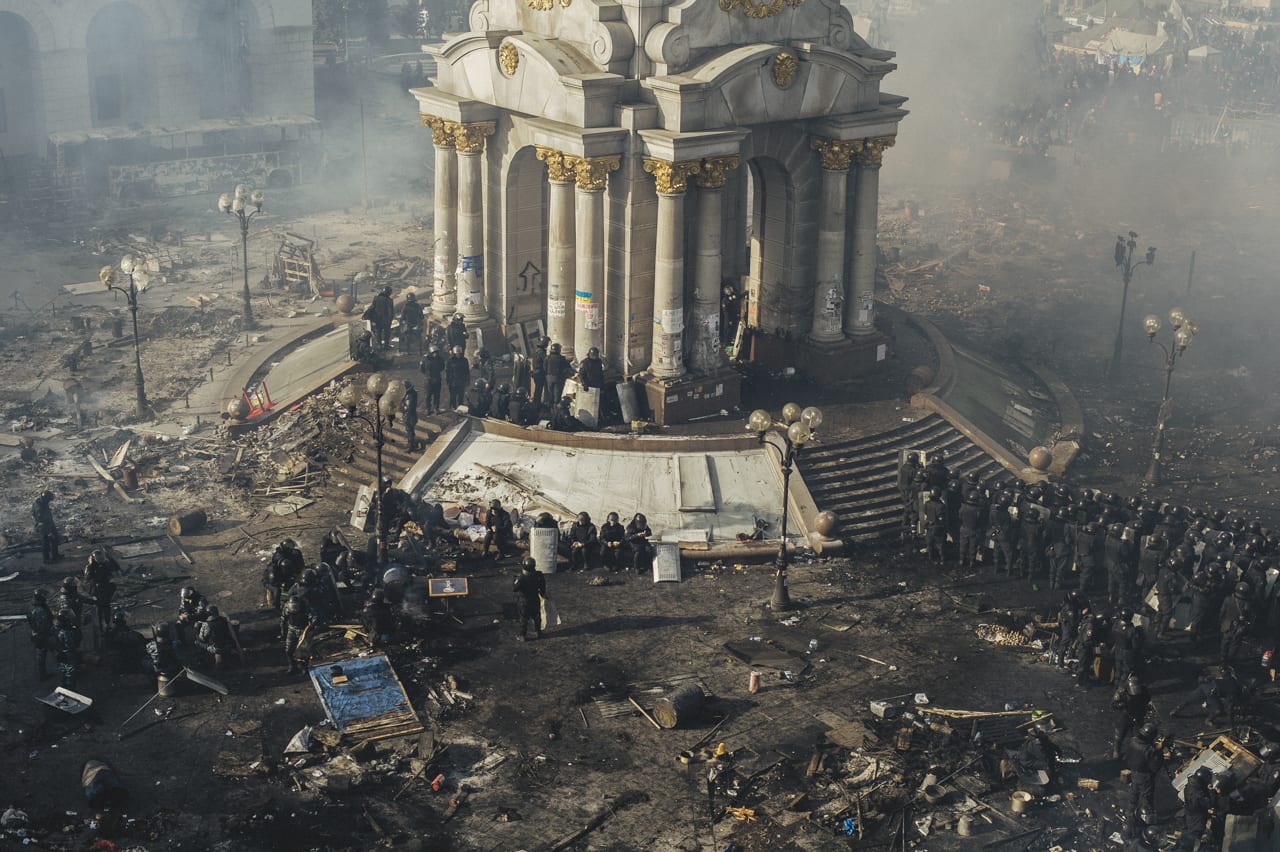
“There is nothing worse than war – both sides always lose,” says the Ukrainian photographer, whose documentation of the Euromaidan protests is now published in a photobook
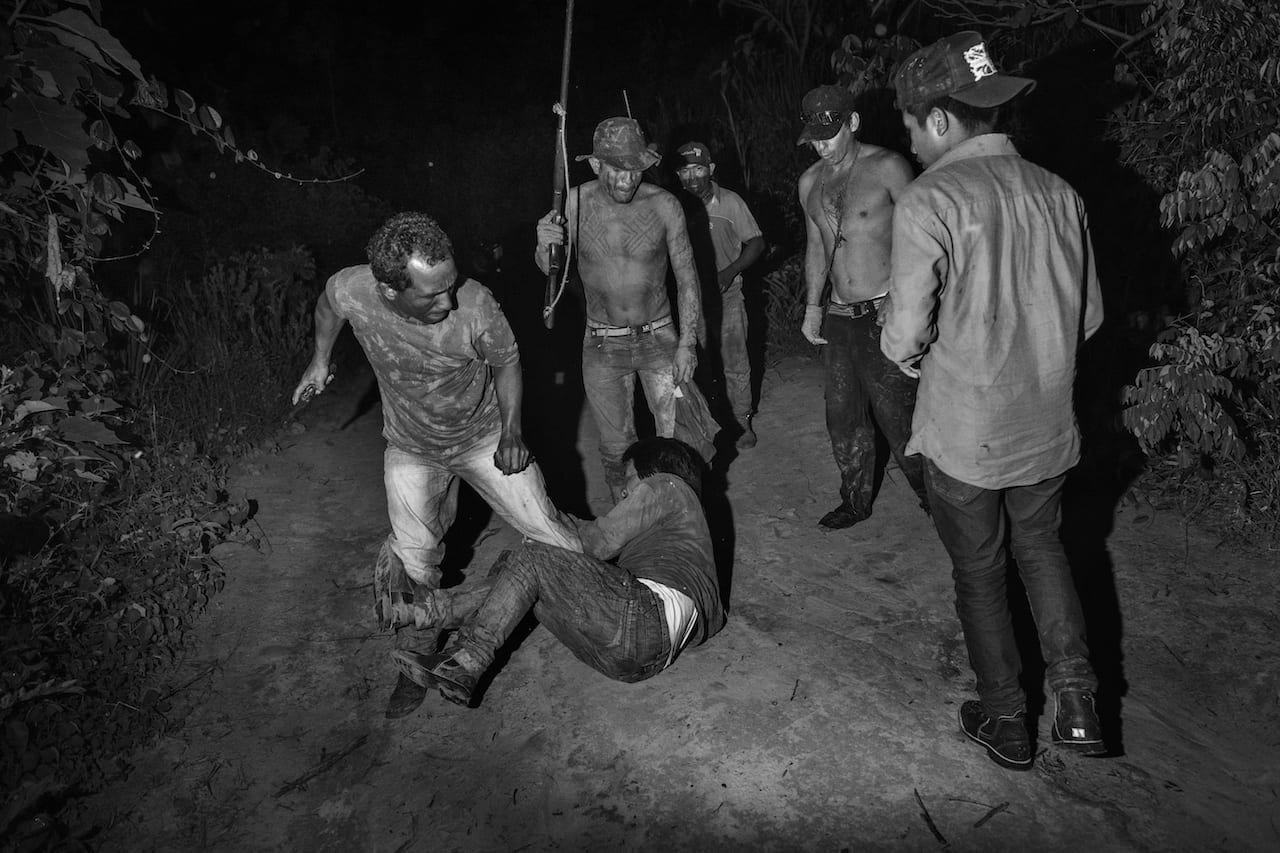
Addressing a range of issues that span deforestation, drug wars, and daily life, Tommaso Protti’s investigation into the social fabric of the Brazillian Amazon wins this year’s Carmignac Photojournalism Award
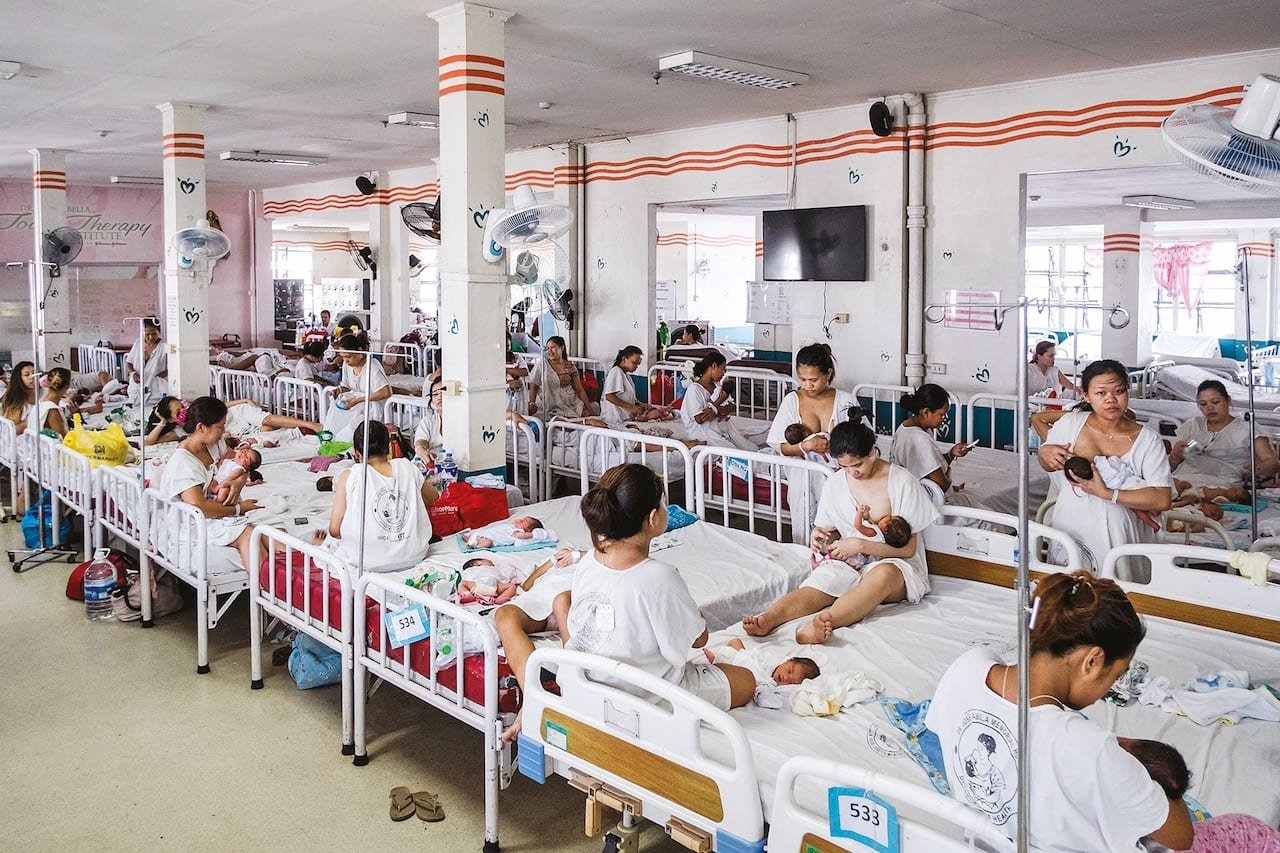
The 31st international festival of photojournalism delivers a programme of hard-hitting reportage in an era when increasing hostility threatens freedom of the press
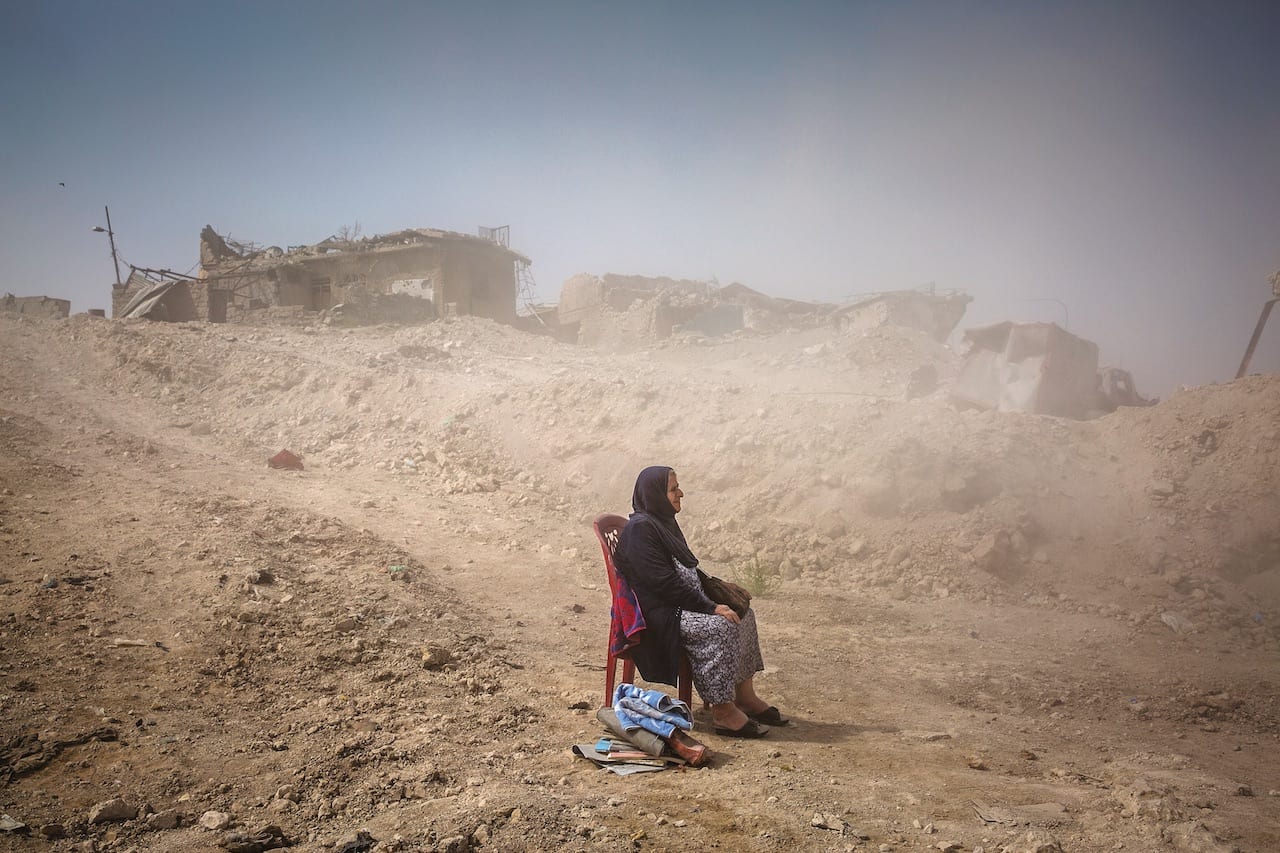
Focusing on human struggle in the battle to defeat Isis, Ivor Prickett spent months on the frontline in Iraq and Syria, documenting the end of the caliphate, and
the daunting return home
for thousands
of displaced citizens
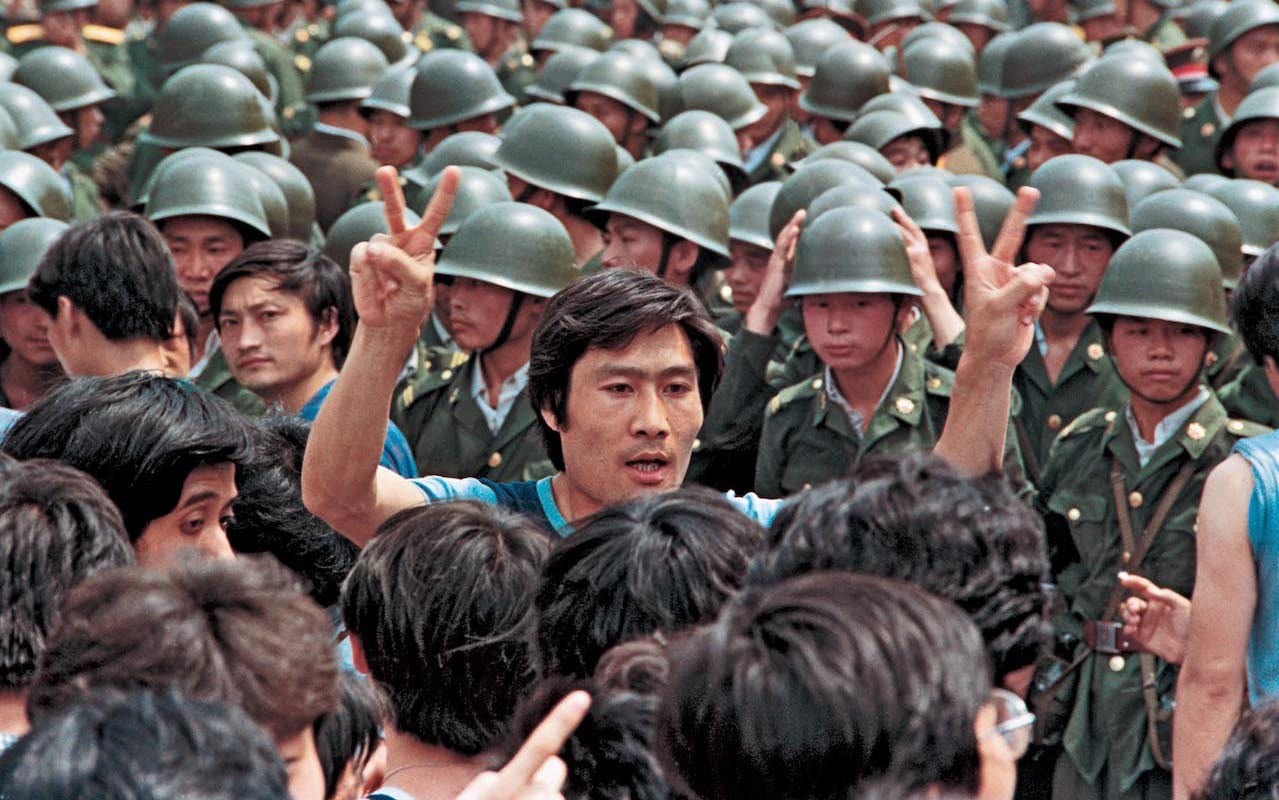
Thirty years since the Tiananmen Square massacre, Liu Heung Shing, the photojournalist who captured the transformation of China, reflects on his coverage of the protests and his wider body of work
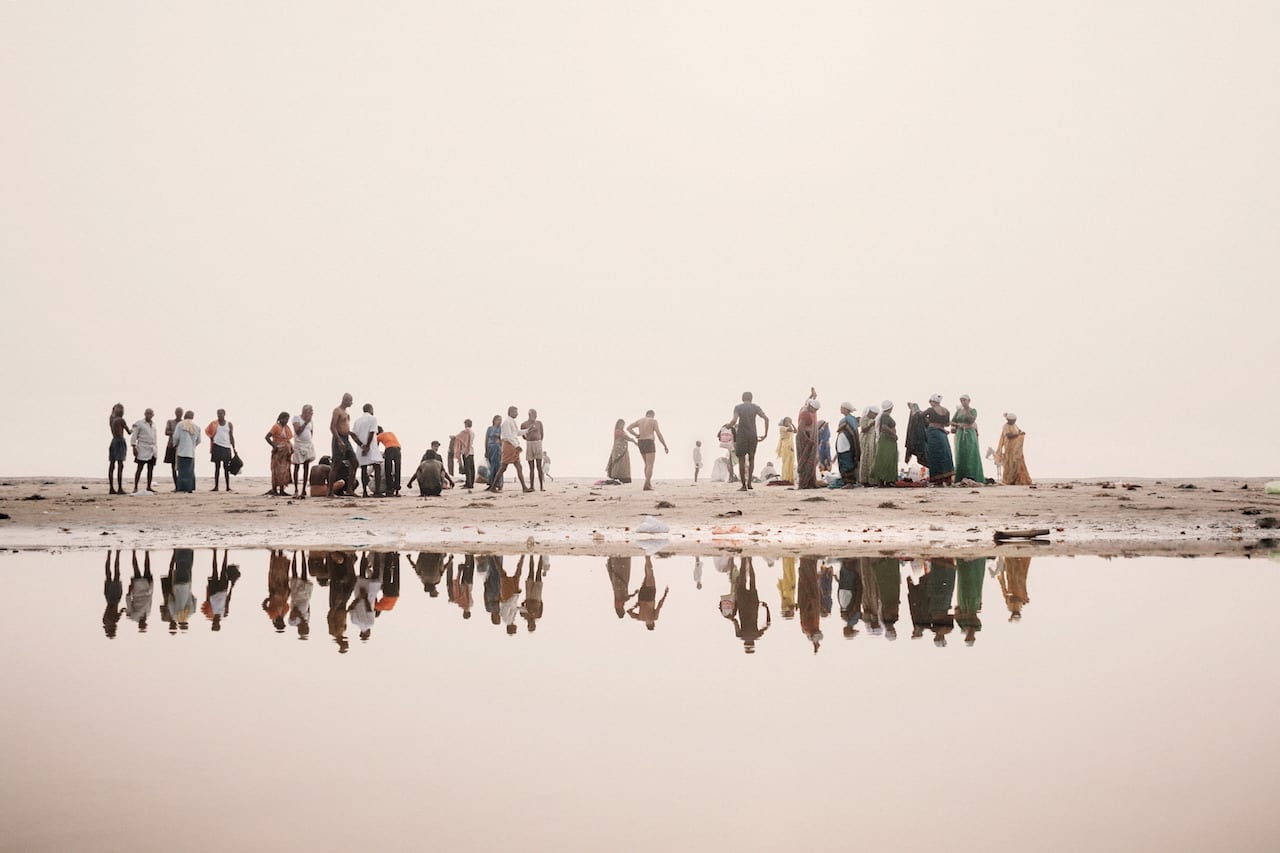
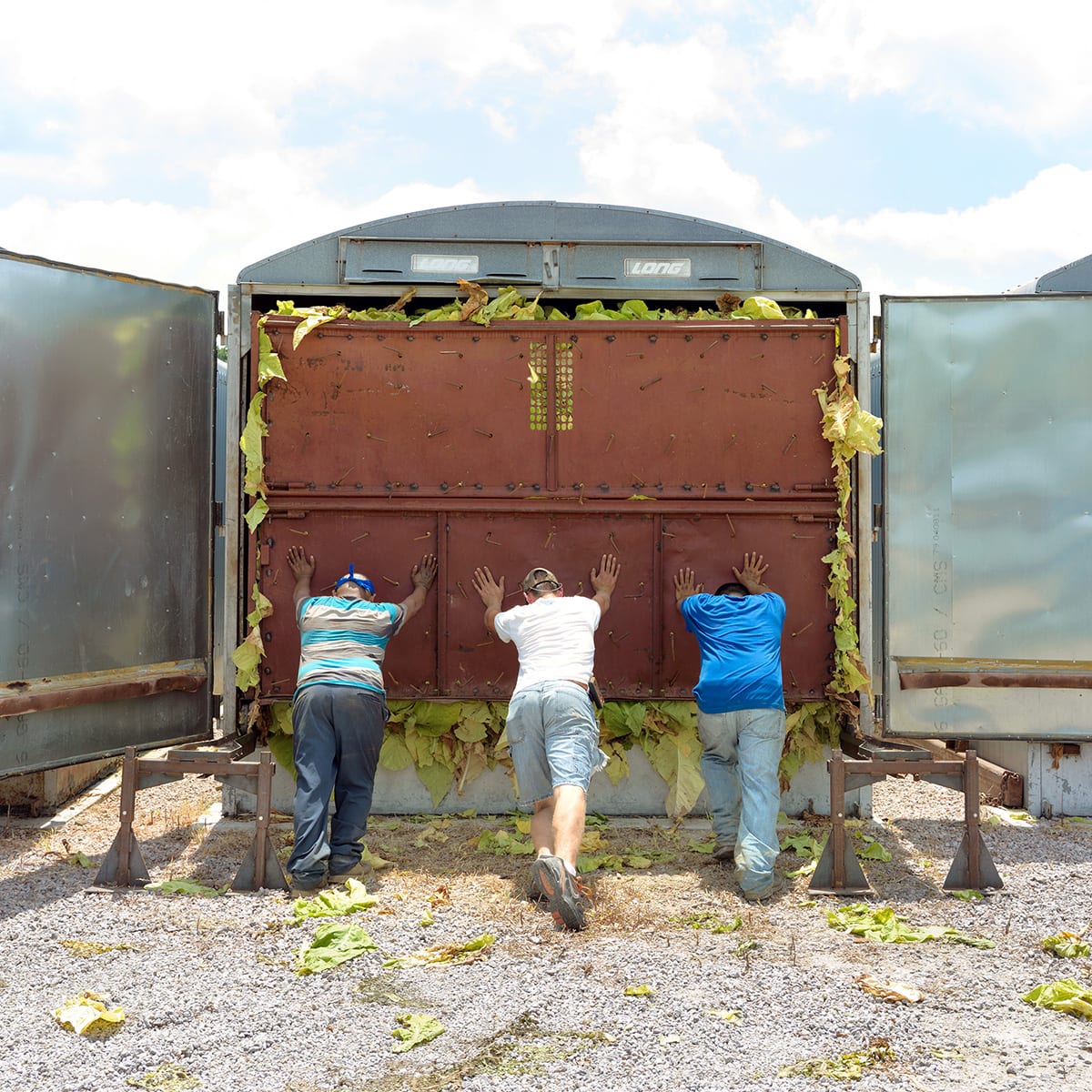
Cigarettes are considered the most marketed consumer product in history. And yet, beyond the normalised…
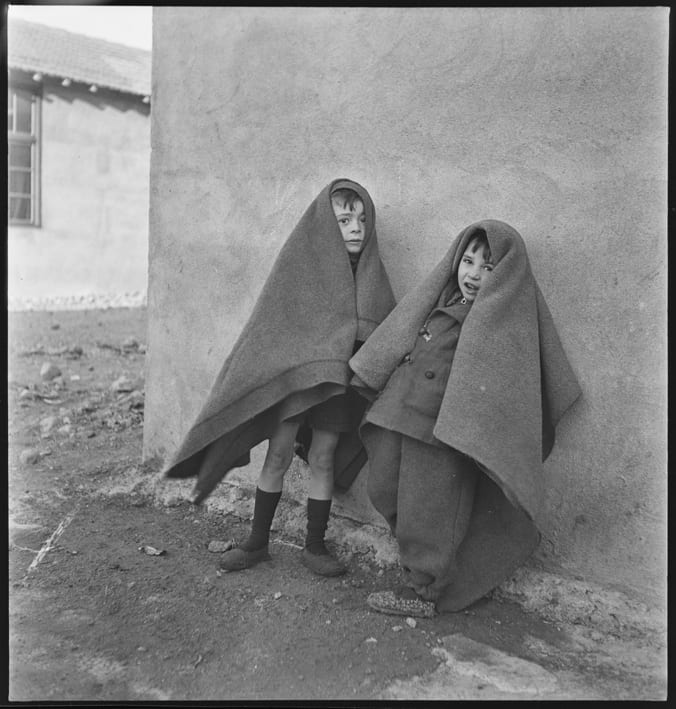
In 1939, Spanish refugees started to flee the country’s bitter civil war, in a movement that’s become known as the Retirada [the ‘withdrawal’]. More than 450,000 men, women, and children crossed the border into France in February 1939 alone, following the fall of the Second Spanish Republic and the victory of General Franco. France, anticipating the mass migration, had started to make provisions for the refugees, but underestimated the sheer numbers. Many ended up on the beaches in makeshift accommodation, and by 1940, some 50,000 had ended up in a series of camps. Diseases such as dysentery were rife, and the mortality rate high.
One of the camps was Camp de Rivesaltes, also known as Camp Maréchal Joffre. Built in 1938, near Perpignan and just 40km from the Spanish border, it had originally been intended as a military base but, following the Retirada, the French government decided to use it as an internment camp. By January 1941 was housing more than 6500 refugees though, as by then World War Two had broken out, half the camp was Spanish – the other half Jews who had fled various counties and French gypsies. In just under two years, the camp housed some 17,500 people, just over half from Spain, 40% Jewish, and 7% French gypsies.
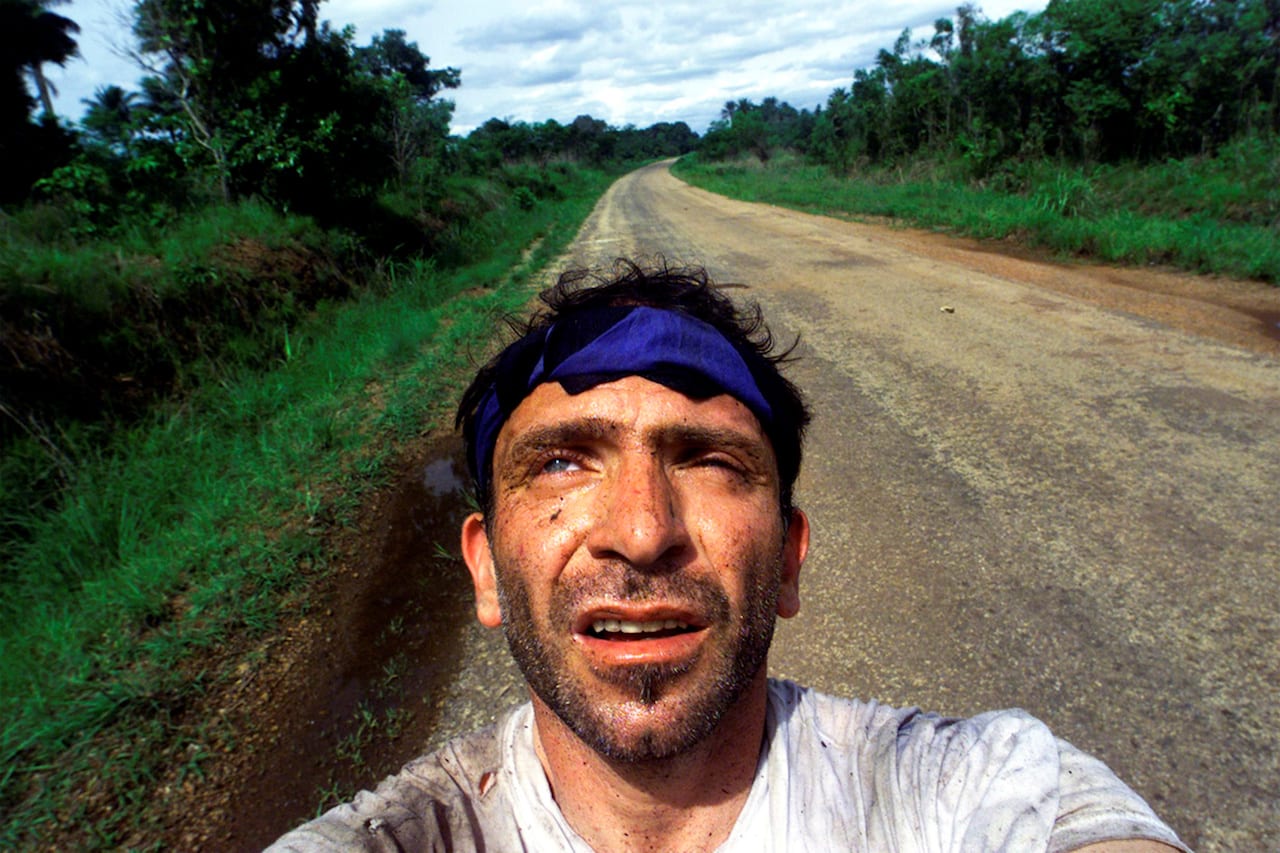
Born in Athens in 1960, Yannis Behrakis was inspired to take up photography after chancing across a Time-Life photobook as a young man. Going on to study photography in Athens and at Middlesex University in the UK, he starting work for Reuters in 1987, and by 1989 had been sent on his first foreign assignment – Muammar Gaddafi’s Libya, where he quickly made his name.
“He quickly displayed a knack for being in the right place at the right time,” reports Reuters’ site The Wider Image. “When Gaddafi visited a hotel where journalists had been cooped up for several days, a scrum of reporters crowded around the Libyan leader to get pictures and soundbites.
‘I somehow managed to sneak next to him and get some wide-angle shots,’ Behrakis wrote. ‘The next day my picture was all over the front pages of papers around the world.’”